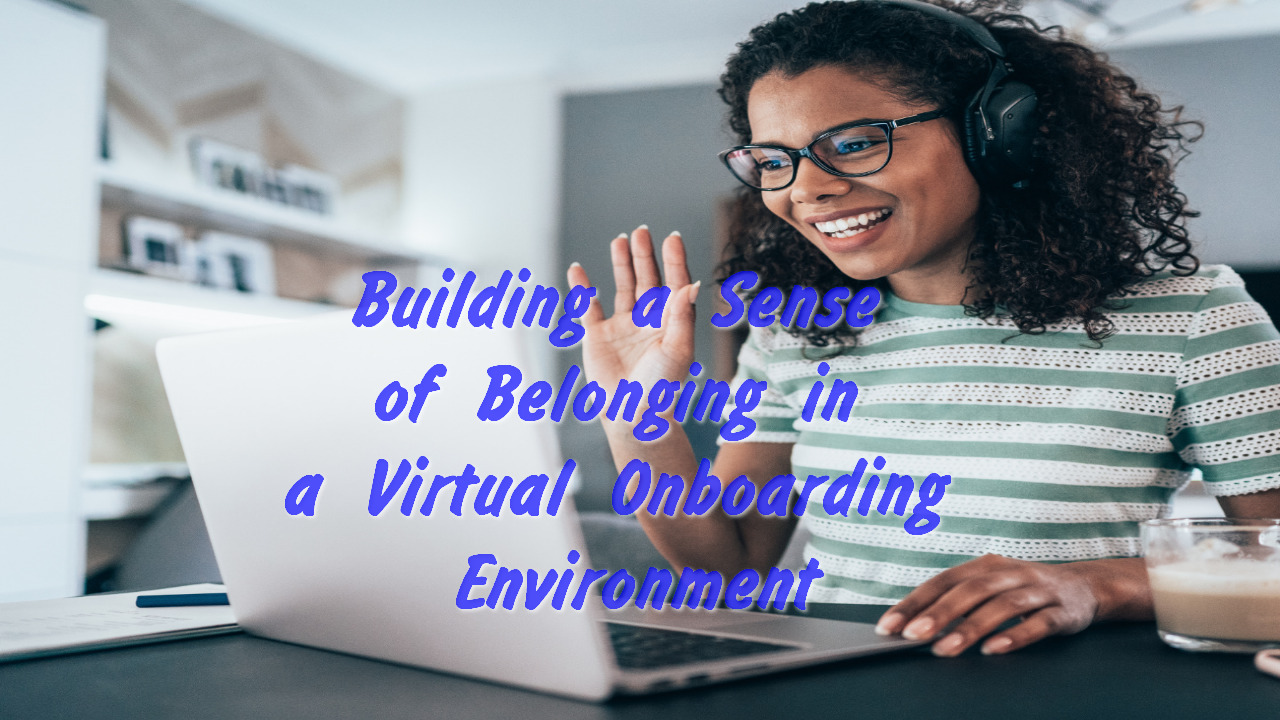In today’s rapidly evolving work landscape, virtual onboarding has become the norm, allowing organizations to seamlessly integrate new employees regardless of their geographical location. However, this shift to virtual onboarding brings with it a unique challenge: how to foster a sense of belonging among new hires who are not physically present in the office. Building a strong sense of belonging is crucial as it directly impacts employee engagement, satisfaction, and long-term success within the organization. Here, we explore four essential strategies to create a welcoming and inclusive virtual onboarding environment that fosters a strong sense of belonging.
Personalized Welcome and Connection

The virtual onboarding journey should begin with a personalized touch. Sending a welcome package or personalized email to new employees before their start date can create a sense of excitement and anticipation. During the initial virtual orientation, provide opportunities for new hires to introduce themselves and share their background and interests. This not only helps break the ice but also enables colleagues to find commonalities and connections. Assigning a mentor or buddy to each new employee can further facilitate the integration process. Regular virtual check-ins between mentors and mentees, including discussions on topics like paycheck records, can provide a safe space for questions and conversations, helping new hires feel supported and connected from day one.
Immersive Virtual Experiences
To counter the lack of physical presence, organizations can leverage technology to create immersive virtual experiences. Virtual tours of the office, interactive team-building activities, and even virtual reality simulations can help new employees familiarize themselves with the company culture and their colleagues. Incorporating multimedia elements such as videos from senior leaders, virtual town hall meetings, and departmental presentations can add depth to the onboarding process. Encouraging participation in virtual team-building games and challenges can promote collaboration and camaraderie, leading to a sense of unity among team members.
Clear Communication and Expectations

Clear communication is paramount in a virtual onboarding environment. Providing new employees with a detailed roadmap of their onboarding journey, including timelines and expectations, helps them navigate the process with confidence. Regular video conferences with supervisors, team members, and cross-functional partners can provide opportunities for clarifying doubts and addressing concerns. Additionally, creating a comprehensive digital repository of resources, including training materials, company policies, and frequently asked questions, can empower new hires to seek information independently, reducing frustration and enhancing their sense of autonomy.
Inclusive Virtual Socialization
One of the primary challenges of virtual onboarding is the absence of casual interactions that often occur in a physical office setting. To bridge this gap, organizations can organize virtual socialization events and initiatives. Virtual coffee breaks, team lunches, or themed happy hours conducted via video conferencing tools can offer informal spaces for employees to connect, share experiences, and bond over common interests. Incorporating diversity and inclusion initiatives in virtual onboarding can demonstrate the organization’s commitment to creating an inclusive environment where every employee’s unique background and perspectives are valued.
In conclusion, building a sense of belonging in a virtual onboarding environment requires a deliberate and multifaceted approach. Personalized welcomes, immersive experiences, clear communication, and inclusive socialization are crucial elements that contribute to the successful integration of new employees into the organization’s culture and community. By leveraging technology, empathy, and creative strategies, organizations can create a virtual onboarding experience that fosters strong relationships, enhances engagement, and ultimately leads to a sense of belonging that transcends physical boundaries.
